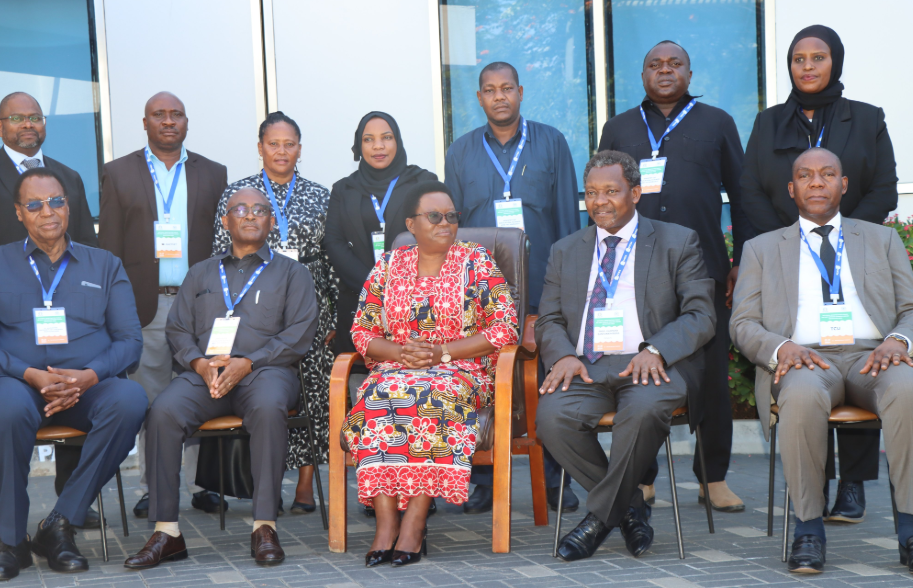EAC to harmonise higher education standards

DAR ES SALAAM: THE Inter-University Council for East Africa (IUCEA) convened a meeting with stakeholders, including the Tanzania Commission for Universities (TCU) to advance efforts in harmonising higher education across the region.
Speaking during the IUCEA meeting on Wednesday in Dar es Salaam, Permanent Secretary in the Ministry of Education, Science and Technology, Professor Carolyne Nombo, said the collective agreement within the East African Community (EAC) to align higher education systems, aims to eliminate disparities in academic standards across member states.
The meeting intended to inform and build the capacity of education stakeholders to understand the rationale for harmonising higher education across the region.
Prof Nombo said that the initiative would open opportunities for students within the EAC to study in member states of their choice and promote the exchange of expertise.
She explained that IUCEA has examined various aspects, including curricula and university fees, to realise their objective of harmonising education.
The alignment of education standards is expected to benefit students from Tanzania, Kenya, Uganda and other EAC member states, enabling them to pursue studies across borders seamlessly.
Despite efforts to foster collaboration under the EAC framework, significant disparities persist in higher education systems across the region.
These differences are evident in areas such as language of instruction, infrastructure, funding, quality standards and policies.

Common challenges, such as overcrowded universities and resource shortages, demand collective regional action to drive progress.
Director of Postgraduate Studies at the University of Dar es Salaam, Prof Donata Damian, said that the meeting would significantly enhance understanding of how students could enrol in universities across the region and attract international students to study in Tanzania.
ALSO READ: New EAC chair to be known next week
Prof Damian further elaborated that the training would address barriers that previously hindered student mobility within the region due to curriculum differences.
“Our secondary education systems are not aligned. For instance, in Kenya, they do not have Form Five and Six. When Kenyan students come here, how do we integrate them into our universities?” she queried.
Meanwhile, IUCEA Executive Secretary Professor Gasper Kibona from Uganda said that IUCEA has improved various policy aspects and developed guidelines to standardise education systems after which they would be disseminated to stakeholders for implementation.
The harmonisation efforts are expected to create a more unified higher education landscape, fostering mobility and collaboration among students and academics within the EAC.
By addressing existing gaps and aligning education standards, the region aims to unlock its full potential, enabling students and institutions to thrive in a competitive global environment.
These reforms mark a significant step towards creating a seamless and interconnected higher education system in East Africa, paving the way for enhanced knowledge exchange and regional development.





